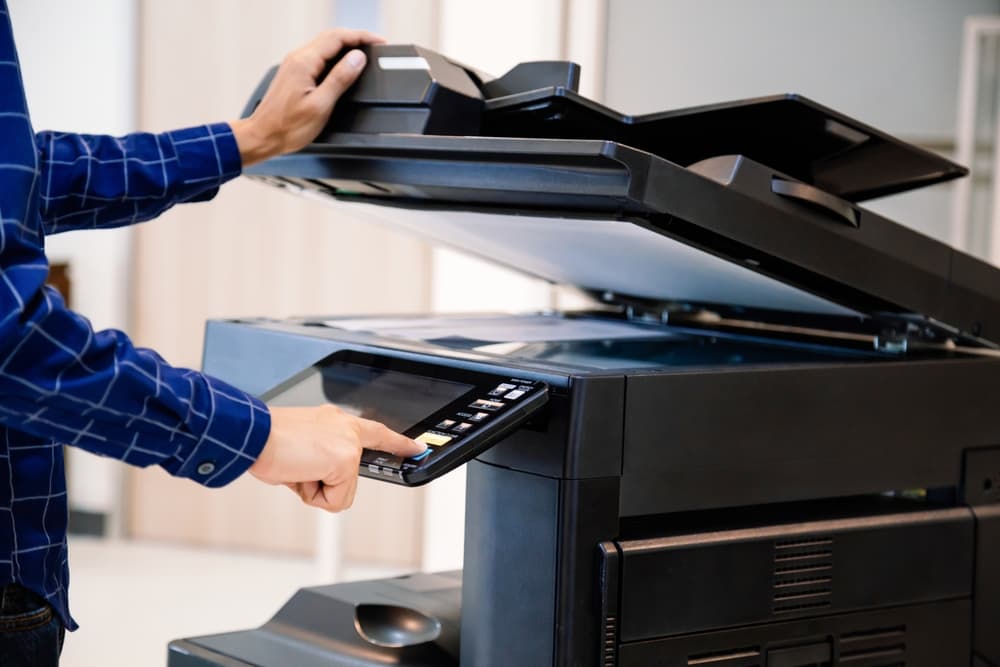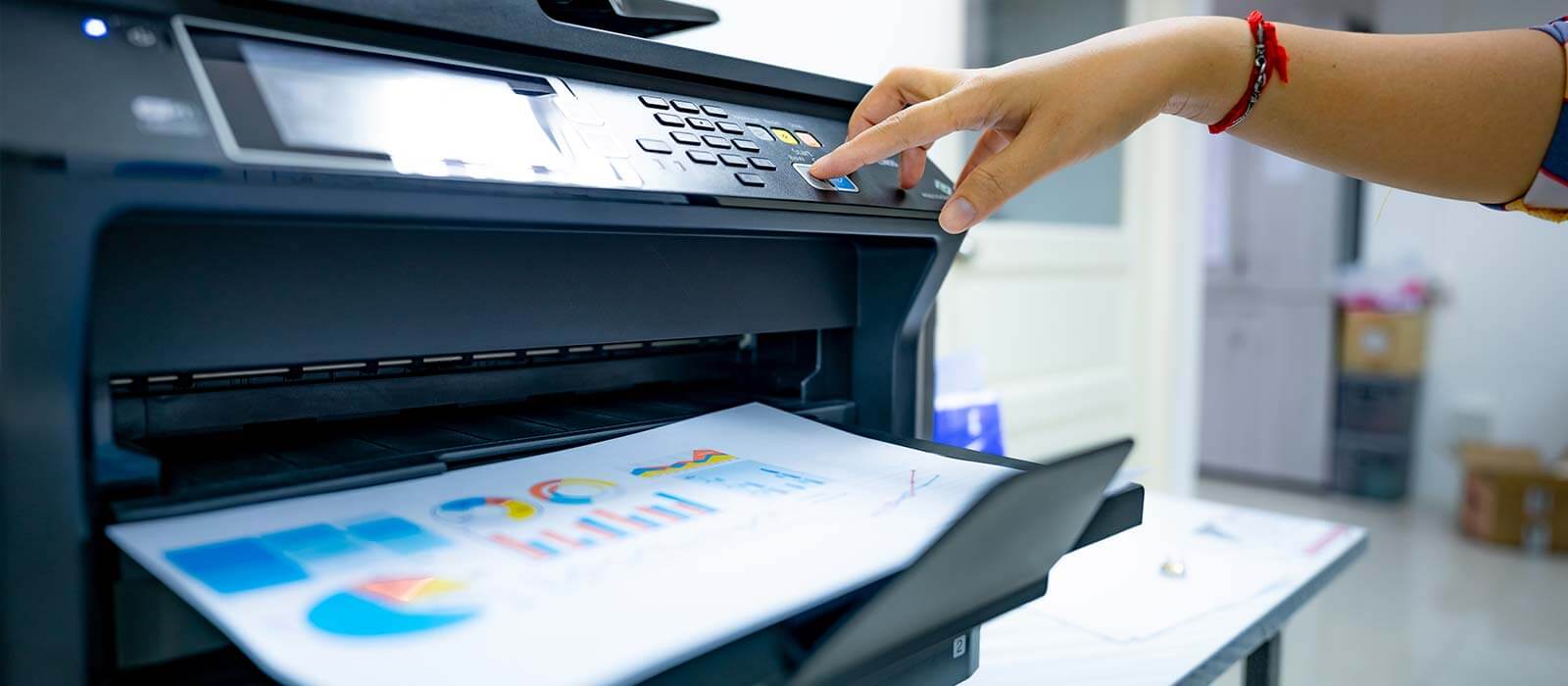
Printing is an essential task in many businesses, but when there are multiple printers in the office, managing them all can become a hassle. If this sounds familiar then you need a printer server.
But:
- What is a printer server?
- How does it work?
- How much do they cost?
- Are they safe to use?
Let’s find out.
So, what is a printer server?
A printer server is a device that connects multiple printers to a computer network. The server manages and controls all the printers on the network, which means that instead of connecting each printer to individual computers, users can send print jobs to the printer server, which then distributes them to the appropriate printer.
Got it. How does a printer server work?
It’s surprisingly simple. Instead of the document that you want printing going directly to a printer, the server receives the job instead and places it in a queue. The printer server then communicates with the printer and sends the job to it.
The printer then prints the document and the server (and the person who wanted the document printing) gets a notification to indicate that the job’s been completed.
What else can a printer server do?
As well as managing print jobs, a printer server can also perform other clever tasks like monitoring the printer status, handling print job errors, and managing printer access permissions. Where this is especially useful is in freeing up time for busy IT staff and making the whole printing process a lot more streamlined.
Are there different types of printer servers?
Yes, there are two main types of printer servers: hardware and software.
1. Hardware printer servers
- These are physical devices that connect to the network and manage the printers that are connected to them. Hardware printer servers are generally easier to set up and manage, but they can be more expensive than software printer servers
2. Software printer servers
- These are applications that run on a server or workstation and manage the printers connected to that device. Software printer servers are more flexible and can be installed on existing hardware, but they require more configuration and maintenance.
Are printer servers data secure?
Like any other device on a network, a printer server can be vulnerable to security threats like unauthorised access, data interception, and data breaches. However, there are a number of measures that can be taken to ensure that the data you’re sending to the print server is data secure:
1. Securing the network
- This can be done by using strong passwords, enabling encryption, and implementing firewalls to prevent unauthorised access. The printer server should also be placed in a secure location and physically secured to prevent unauthorised access.
2. Appropriate security settings
- This includes enabling secure protocols such as SSL/TLS for communication between the printer server and client devices. It is also important to configure user permissions to restrict access to sensitive data and prevent unauthorised printing.
3. Keep the printer server software up-to-date
- Use the latest security patches and updates to ensure that any known security vulnerabilities are addressed and patched.
DMC uses the latest in data security to ensure that your network is as secure as it can possibly be, so if you’re thinking of having a printer server installed at your workplace then make sure you speak to our team first.
Let DMC manage your printer server needs
In addition to managing all your printer, photocopier and fax & scan equipment needs and document management solutions, DMC can also provide printer server equipment.
We offer a FREE audit to help us determine where your current printing services can be improved in terms of efficiency, space, and expense, and we guarantee we can save you a bare minimum of 25% on what you’re currently paying.
For more information on printer servers or any of our other managed print services, speak to our expert team who’ll be happy to help.
